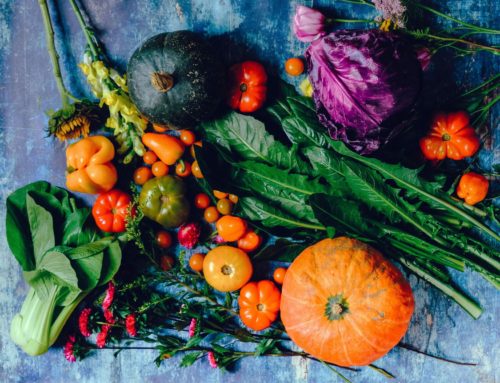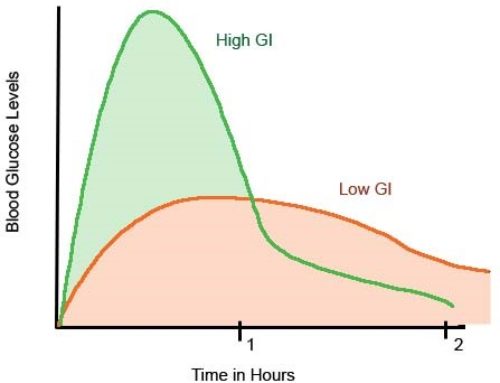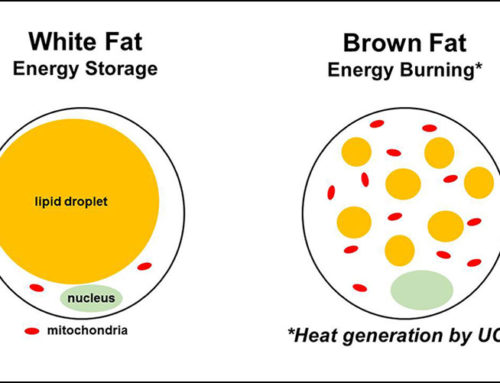
In addition watching the types of fats in our diets, various other foods have been proposed as being helpful in the prevention and treatment of CVD. We shall now look at some of these foods in greater detail.
Fruits and vegetables
Fruit and vegetables are a rich source of antioxidant vitamins. Antioxidants help ‘mop up’ free radicals stopping oxidative damage to LDL & the resulting arterial plaques
Antioxidant vitamins are:
b-carotene: found in brightly coloured fruits & vegetables e.g. carrots, broccoli, tomatoes, apricots
Vitamin C: found in citrus fruits (inc. juices), kiwi, blackcurrants, potatoes, green leafy vegetables
Vitamin E: found in green leafy vegetables, vegetable oils & their margarines and also in wholegrain cereals
What are the benefits?
Studies have provided compelling evidence that a diet rich in fruits and vegetables can lower the risk of heart disease and stroke.
The largest and longest study of this type was part of the Harvard-based Nurses’ Health Study and Health Professionals Follow-up Study. This study included almost 110,000 men and women and followed their health and dietary habits over a period of 14 years. Researchers found that the higher the average daily intake of fruits and vegetables, the lower the chances of developing cardiovascular disease. Compared with those in the lowest category of fruit and vegetable intake (less than 1.5 servings a day), those who averaged 8 or more servings a day were 30 percent less likely to have had a heart attack or stroke. Further studies have since highlighted that people who eat more than 5 servings of fruits and vegetables per may reduce their risk of coronary heart disease and stroke by as much as 20% when compared to people who consume below 3 servings a day.
What about supplements?
Evidence surrounding role of antioxidants in CHD protection is inconclusive therefore supplements are not recommended at present
Antioxidant vitamins / minerals taken in supplement form not concluded as being of benefit in trial cases (may actually be harmful in large doses).
Plant sterols and stanols
Plant sterols and stanols occur naturally in foods such as fruits, vegetables, vegetable oils and grains but only in very small quantities. Average intake of plant sterols in Europe is 150mg/d (550mg./d for vegetarians) Studies recommend that 1.6-2g/ day can help reduce the incidence of CVD. For this reason various products containing plant stanols and sterols have been launched onto the food market. Examples include Flora Proactive and Danacol (plant sterols) and Benecol (plant stanol) these products are available as a spread or yoghurt drink.
It has been suggested that we consume 1 tbsp spread x 3 day or 1 yoghurt drink / day. Intakes above this quantity are not thought to confer any additional benefit.
Proposed benefits of plant stanols and sterols are:
- To lower cholesterol levels by reducing absorption of cholesterol from the intestine.
- To lead to a 10% reduction in LDL cholesterol within 2-3 weeks
- To reduce the risk of CHD by up to 19%
Plus points of these products are that they are easy to take, can help lower cholesterol and are low in saturated fat. Although the negative points are that they are expensive and some randomised trials have also shown that consuming 2-3g plant stanols/day can lower concentrations of antioxidant vitamins
Lycopene
Lycopene is another compound thought to be beneficial in CVD prevention and treatment. Lycopene is a carotenoid – a class of yellow to red pigments found in plants, algae, and photosynthetic bacteria. The major source in our diets is from processed tomato products e.g. ketchup, tomato puree. The form of lycopene in processed tomato products is better absorbed than the lycopene in fresh tomato.
Current research suggests a role for lycopene in CVD protection. Lycopene has antioxidant properties, and epidemiological studies and supplementation human trials have highlighted its potential in reducing cardiovascular risk. However, further controlled clinical trials and dietary intervention studies are still required.
Flavanoids
Flavanoids are additional compounds found in fruits, vegetables as well as in certain beverages. In fact the main sources of flavanoids in the UK diet are tea, red wine and chocolate. Dark chocolate contains about twice the amount of flavonoids than milk chocolate. Current research suggests role of flavanoids in CVD protection with their benefits thought to be linked to their activity as antioxidants. However, once again further research is required. Also, whilst many of us love chocolate, unfortunately chocolate also high in calories- 500kcal/100g and contains an average of 30% total and 18% saturated fat.
Garlic
The consumption of garlic has also been proposed to be beneficial in the treatment and prevention of CVD. It has been claimed that garlic decreases blood clotting, decreases total & LDL cholesterol and increases HDL cholesterol. The Active ingredient in garlic is is Allin. Average intakes in research trials 7-28 cloves / day has shown an average reduction in CHD of 5-8%. However, evidence is limited & inconclusive and garlic therapy is not currently recommended
Soya protein
There is evidence to suggest that the consumption of 25g soya protein/day can reduce CVD. It has been shown that the consumption of 25g soya protein/ day can reduce total cholesterol by 9.3%, LDL cholesterol by 12.9% and confer up to a 10% reduction in the risk of CVD. Increasing soya intakes to 25g day would require a much greater intake of soya products as currently soya intakes are estimated at one gram per day in the UK.
An extract from the Nutrition for Disease Management course run by Health Academy Australia




Leave A Comment